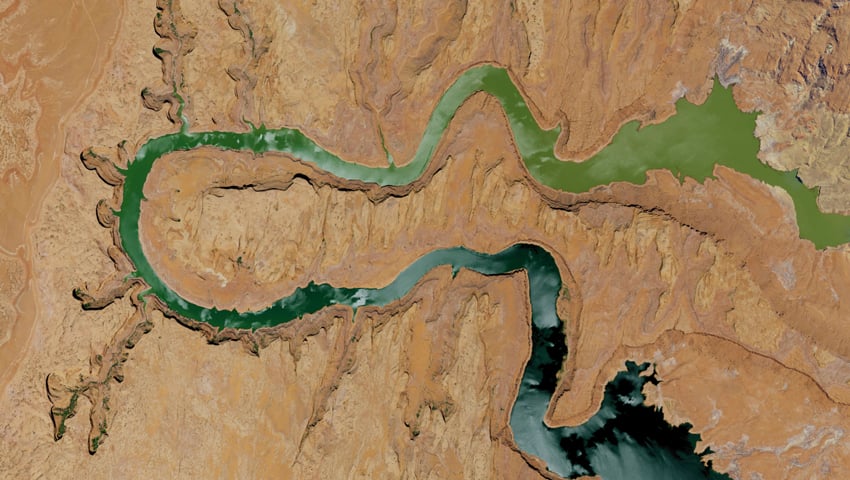Groundwater has been free to farmers in most of the world, including California, leading to rapid resource depletion. But a new study has found that when California farmers have to pay for that water, they use less, switching their land to crops that require less water or no crops at all.
Summer is the centre of the growing season for most American crops. But as many Americans brave unusually hot temperatures this summer, a trend only expected to continue with climate change, how farmers are adapting could exacerbate another major impact from climate change—water scarcity.
To cope with extreme heat and drought conditions, farmers often tap into the groundwater lying deep below their land for irrigation. But now, more groundwater is being used than is naturally recharged, leading to a water crisis that is forcing some states to take policy action—including charging for water use.
This study looks at how farmers respond when the water they’ve been using for free (other than the cost of pumping) costs money. It finds that farmers meaningfully reduce groundwater use when its price rises. They achieve these cuts in part by reducing their thirsty fruit and nut crop acreage by about a quarter, increasing their land left with no crop at all by 50 per cent, and switching to annual crops that require less water.
Study co-author, Fiona Burlig, an assistant professor at the University of Chicago Harris School of Public Policy, said, “Water does have value, and we learn that lesson when there is less of it to go around – but it shouldn’t get to the point where some are starved for water. That’s why policies that put a price on groundwater are so important. Our study shows that they lead farmers to treat water as a commodity that should be conserved, changing how or what farmers grow in a way that is more suitable to the land conditions and natural resources that we all have to share—rather than using up natural resources for free to make the greatest profit.”
Burlig – along with her co-authors, Louis Preonas from the University of Maryland, College Park and Matt Woerman from Colorado State University – studies farmers in California, one of the world’s most valuable agricultural regions. The state recently instituted what stands to be one of the most consequential groundwater regulations worldwide: the Sustainable Groundwater Management Act.
The Act is designed to achieve state-wide groundwater sustainability by 2042, which will require reducing groundwater pumping by 19 per cent on average. Local implementing agencies have discretion and may achieve these reductions through various policy mechanisms, including taxes and fees, pumping restrictions, and/or conservation incentives. More than half are choosing some form of a price on groundwater.
The researchers found that over short time horizons, higher groundwater pumping costs led farmers to change how they irrigate their crops, but not what they grow, because it would be costly to switch away from their perennial crops. But when faced with permanent increases in the cost of groundwater, as are to be expected under the California policy, farmers do change what and how much they plant, in turn cutting their water use. For every 10 per cent increase in groundwater pumping costs, farmers reduce their land in fruit and nut perennial crops—that require a lot of water—by 1.4 per cent. They also increase the land they don’t plant on by 0.72 per cent. This translates into an overall reduction in groundwater pumping of 3.6 per cent.
Co-author, Louis Preonas, an assistant professor at the University of Maryland, said, “While farmers don’t change crops in response to short-lived price changes, due mostly to the nature of farming, they do start changing what they grow – and whether they grow at all – when they are charged permanent fees. This underscores the need for research like ours that evaluates the long-term impacts of policies.”
In measuring how cropland would change as policy measures impose a price on groundwater, the researchers find that meeting California’s goals of reducing groundwater pumping by 19 per cent would require a groundwater pumping tax of about 60 per cent, or nearly $30/acre-foot of water on average. Such a stringent tax would cause nearly 9 per cent of cropland to be switched to alternate uses that require less water—including a 24 per cent decline in fruit and nut perennials and a 50 per cent increase in land not used for growing.
“Groundwater pricing can achieve California’s new water sustainability targets,” says Matt Woerman, an assistant professor at Colorado State University. “Meeting these targets will likely involve a shift away from the fruit and nut crops we all enjoy from the state today, illustrating the challenges countries around the world will face in balancing the need for water conservation and food supplies in a world impacted by climate change.”
